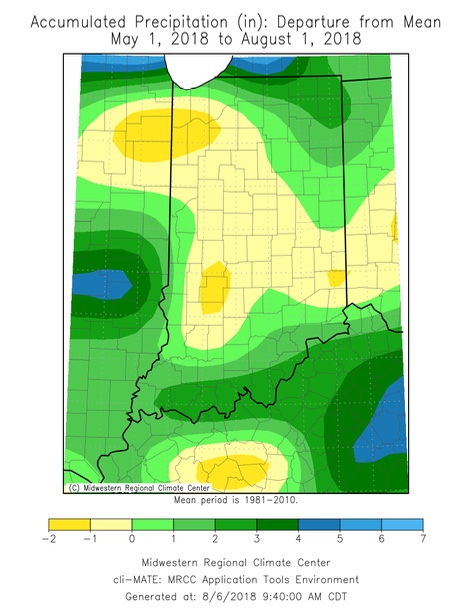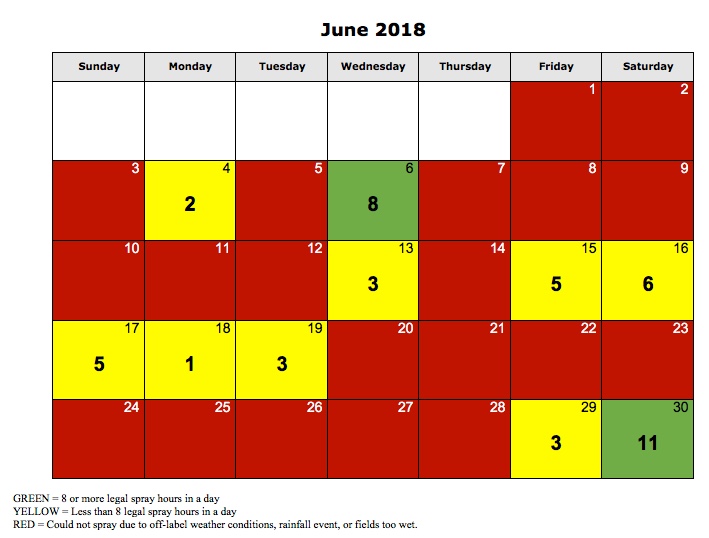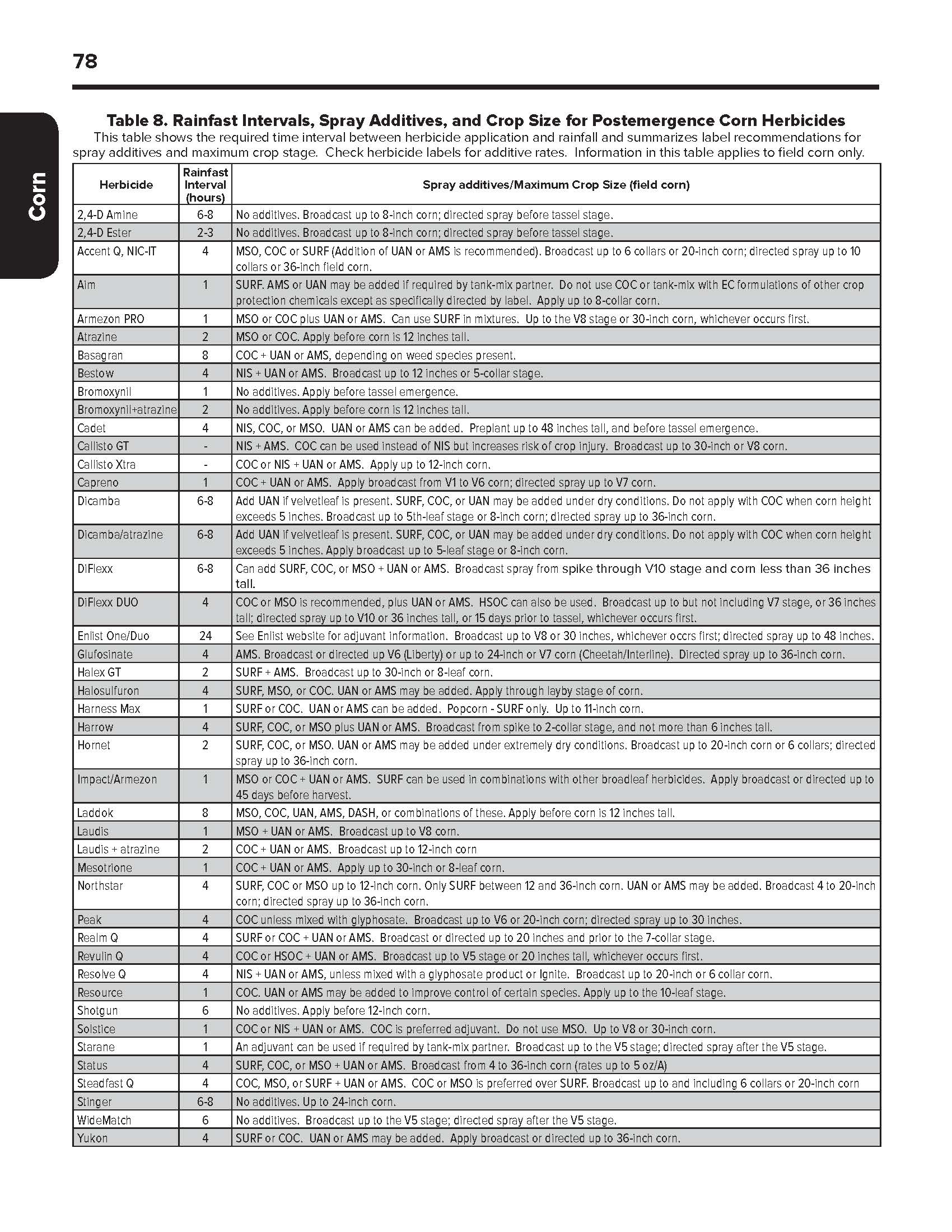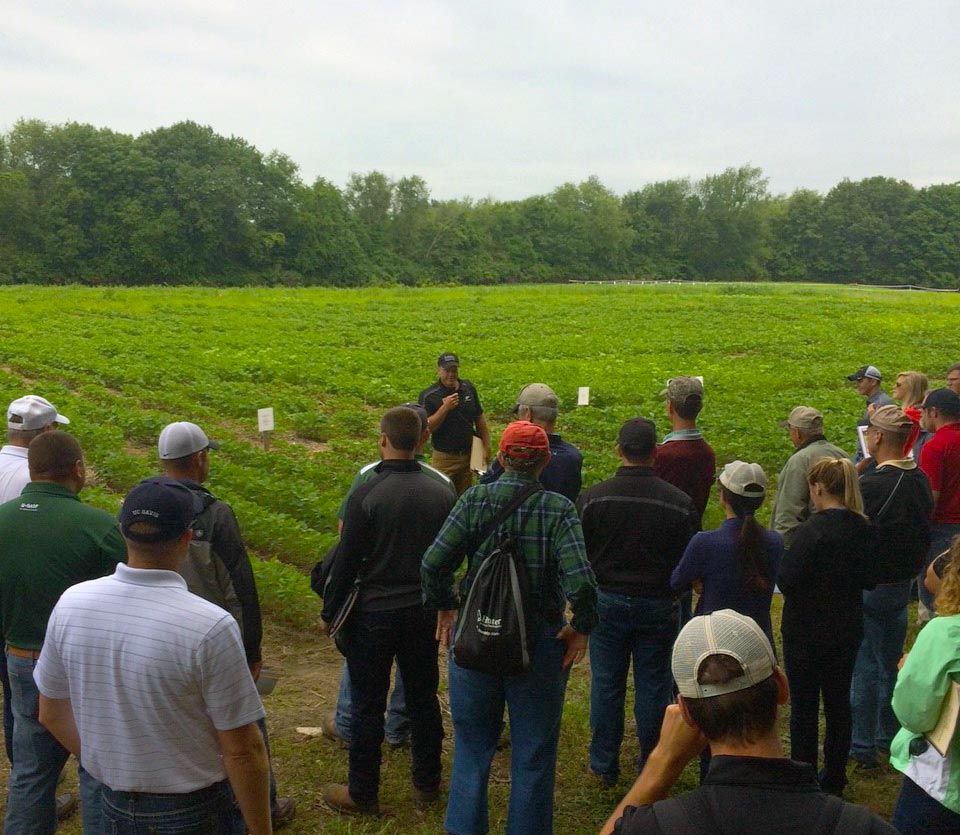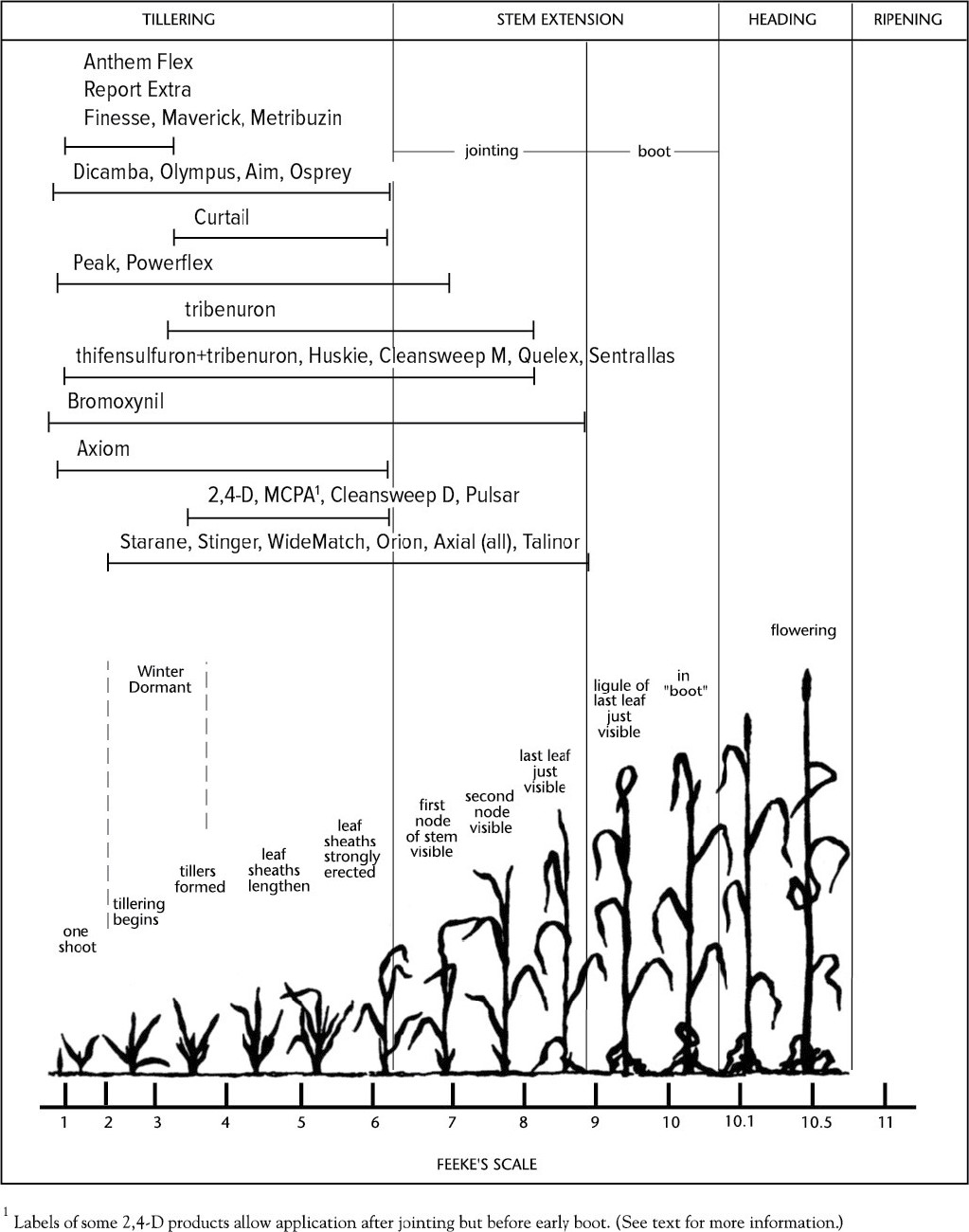
The winter is finally winding down and we are bound to have warmer days and spring in the near future. As we look towards the warmer weather there a few field activities that are going to start quickly, including winter wheat greenup herbicide applications and winter annual weed burndown applications in no-till fields.



